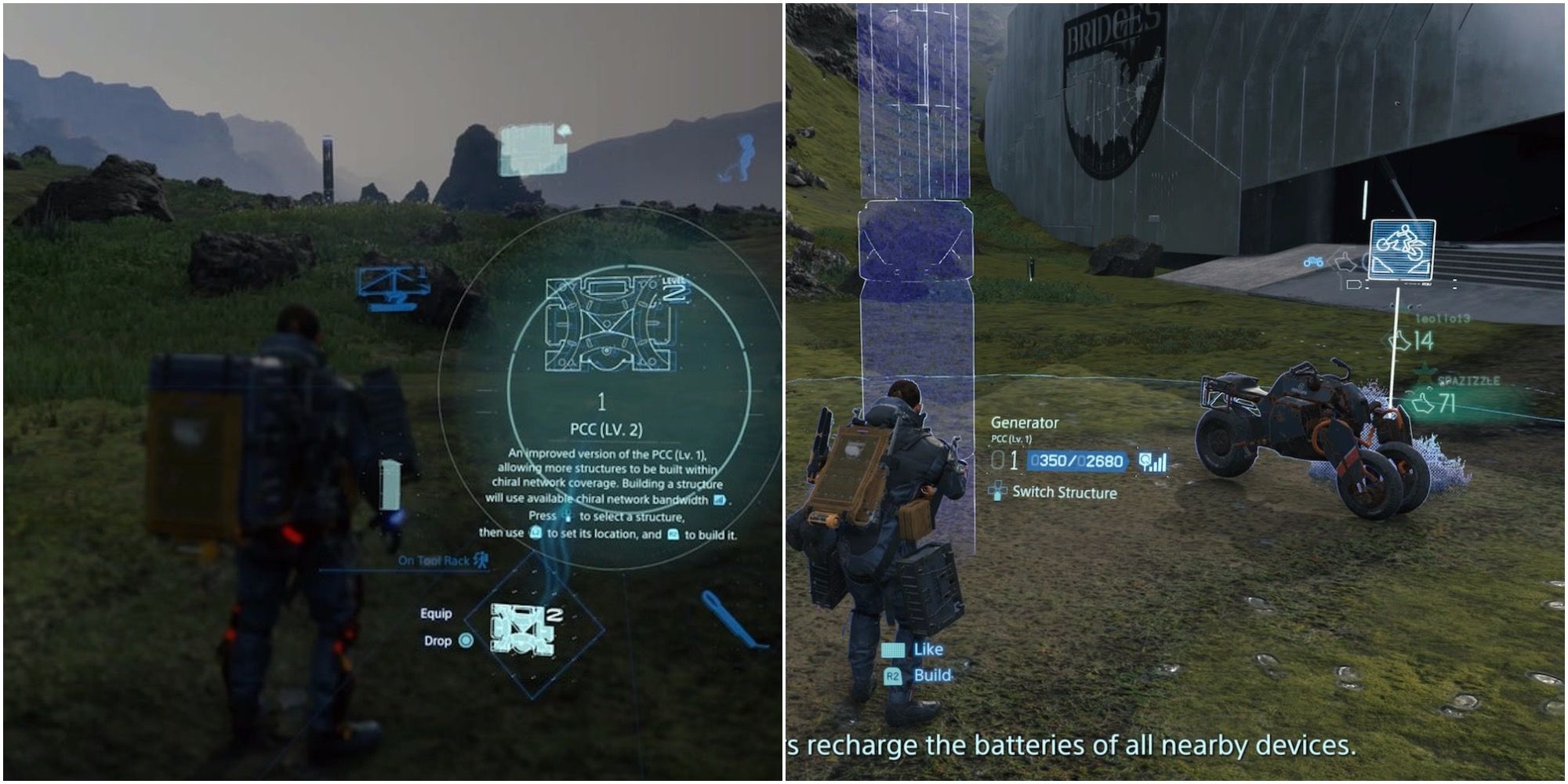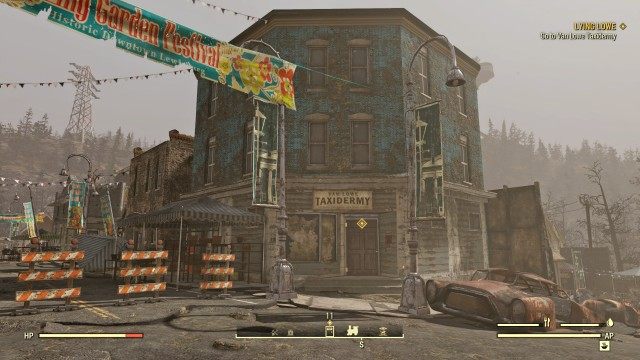

At approximately 11:40 pm, about 400 nautical miles (740 km) south of Newfoundland, Canada, an iceberg was sighted, and the bridge was notified. In addition, the crow’s nest’s binoculars were missing. Their task was made difficult by the fact that the ocean was unusually calm that night: because there would be little water breaking at its base, an iceberg would be more difficult to spot. Two lookouts, Frederick Fleet and Reginald Lee, were stationed in the crow’s nest of the Titanic. The Titanic's first-class dinner menu for April 14, 1912, the night the ship struck an iceberg. It was eventually decided that three vessels would be constructed: the Olympic, the Titanic, and the Britannic. The two men devised a plan to build a class of large liners that would be known for their comfort instead of their speed.

Bruce Ismay reportedly met with William Pirrie, who controlled the Belfast shipbuilding firm Harland and Wolff, which constructed most of White Star’s vessels. Looking to answer his rival, White Star chairman J. The two passenger liners were garnering much attention for their expected speed both would later set speed records crossing the Atlantic Ocean. By the summer of 1907, Cunard seemed poised to increase its share of the market with the debut of two new ships, the Lusitania and the Mauretania, which were scheduled to enter service later that year.

Two of the chief lines were White Star and Cunard. In the early 1900s the transatlantic passenger trade was highly profitable and competitive, with ship lines vying to transport wealthy travelers and immigrants. Learn more about what could have happened if the Titanic hadn't sunk.



 0 kommentar(er)
0 kommentar(er)
